Extend your ladder safety training
May 22, 2025 at 12:00 p.m.By Kevin Lindley, FRSA Self Insurer’s Fund.
Refresh your ladder training with this overview of ladder extension safety.
In pretty much any construction trade, there will be a time in which you will need to use a ladder. This is especially true in the roofing industry where working at heights is the name of the game. While working with ladders might be a daily occurrence, it is important to not minimize the dangers they can pose. Working on a ladder is inherently risky and misuse can be incredibly dangerous. In this article for the Florida Roofing and Sheet Metal Association, we will explore an overview of ladder safety with a focus on extension ladders.
Standard 29 CFR (Code of Federal Regulation) 1926.1050 is also known as Subpart X – Stairways and Ladders in the OSHA Construction Industry Regulations. This section is rather short in comparison to other sections, especially considering its importance and applicability to nearly every construction worker in the field.
There are many types of ladders, but this article will primarily focus on the use of an extension ladder. Should you desire more specific information regarding any other type of ladder, stairway, scaffolding or man lift, please reference the literature provided by the manufacturer or look for the respective regulation section and information provided by OSHA on their website.
Regardless of the type of ladder used, the employer must provide a training program for each employee using ladders. The training must be documented and include equipment familiarity, hazard recognition, correct procedures for set-up and use.
Extension ladders are available in three types of materials: wood, aluminum and fiberglass. Each type of ladder has its benefits as well as limitations. Choose the best type of ladder for your specific use. Once a ladder has been selected, it must be inspected regularly to ensure it is in good operating condition. If a ladder is in bad condition, it should be removed from use (both at work and at home) and destroyed – not simply thrown away or modified. Ladder improvements can only be made by approved repair locations, using the same manufacturer parts. Modifications to a ladder are not permitted.
Ladders should be transported in a stable and secure method. It is the driver’s responsibility to ensure that a ladder, as well as all other materials and equipment on their vehicle, are secured prior to driving any vehicle. While carrying or moving a ladder, workers should be mindful of the potential for personal injury, take necessary steps to ensure good posture is maintained and that the ladder does not strike anything around or above while moving it.
Ladders should be set up in a secure location, on stable ground, feet properly adjusted and set so that the ladder is one foot away from the upper contact point of the ladder for every four feet of height. When the ladder is used for access to an upper landing, the ladder should be raised to three feet above the top landing surface and secured at the top to the structure. If there is the potential for the ladder to slide out at the base, the ladder should also be secured at its base in addition to the top of the ladder to ensure its stability.
Ladder weight limits must always be followed. Important safety best practices include only one worker on a ladder at a time, always facing a ladder while ascending or descending, maintaining at least one hand on the ladder at all times and not carrying any object or load that could cause the employee to lose balance or exceed the weight limit of the ladder. The top and base area of a ladder should be clear of obstructions and provide a clear means of egress.
Ladders are used not only in our professional life but also in our personal life for multiple purposes. Basic safety precautions for ladder use must always be taken, regardless of the activity or purpose for ladder use. Never use a ladder beyond the purposes for which the ladder was designed. Always follow manufacturer instructions and guidelines for ladder safety.
Original article source: FRSA
About Kevin Lindley
Kevin Lindley is one of four Safety Consultants who cover the state for FRSA’s Self Insurers Fund. In addition to monthly safety training, they also perform random jobsite safety inspections, working with employees to ensure proper safety measures are being followed. This service is available to all members of FRSA-SIF.
Learn more about Florida Roofing and Sheet Metal Contractors Association (FRSA) in their Coffee Shop Directory or visit www.floridaroof.com.
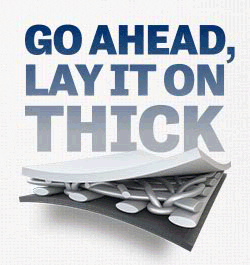
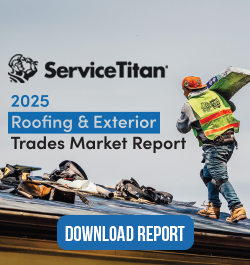
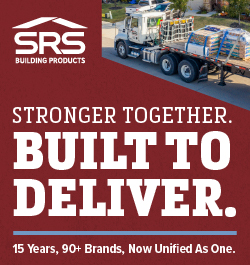
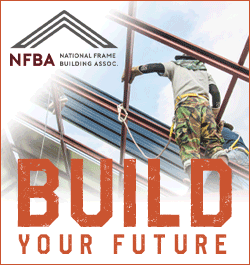

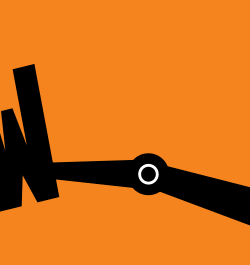

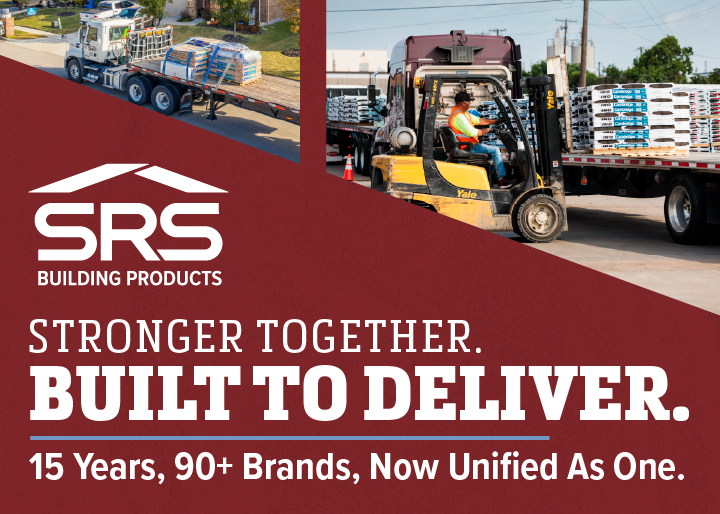





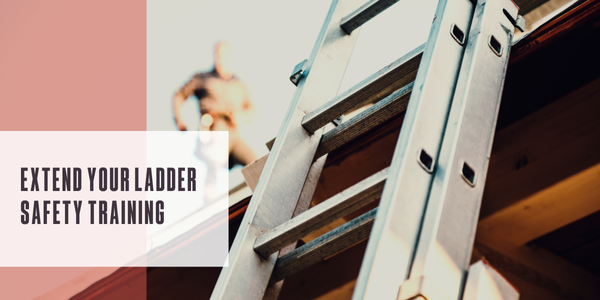
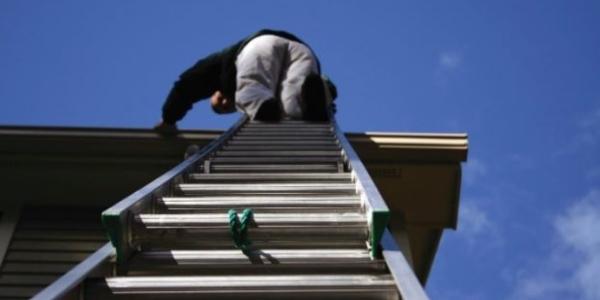
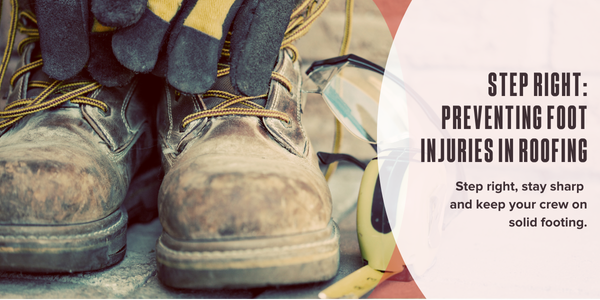
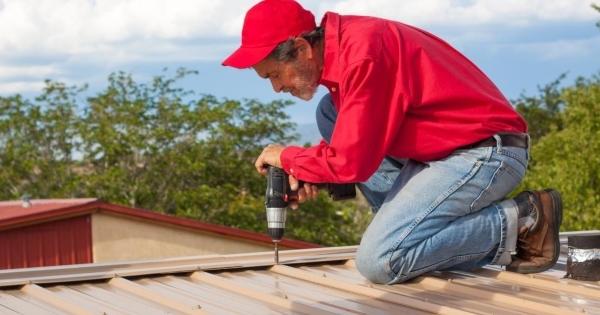

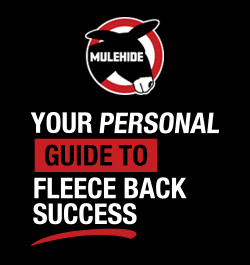



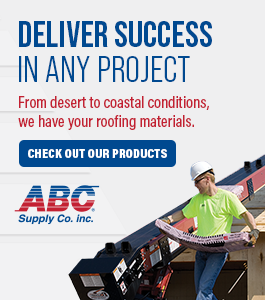
Comments
Leave a Reply
Have an account? Login to leave a comment!
Sign In